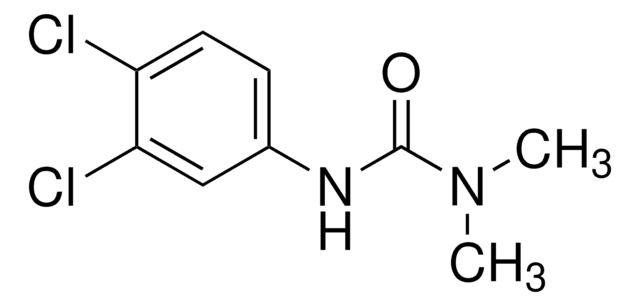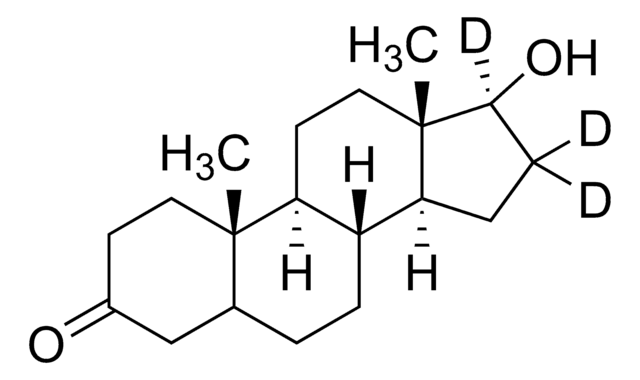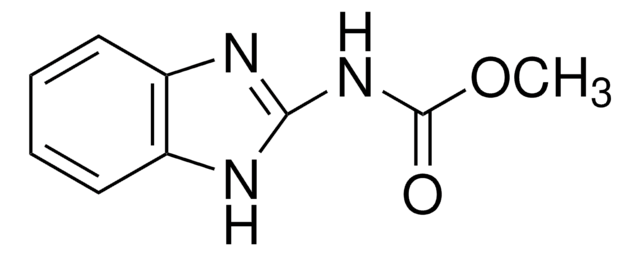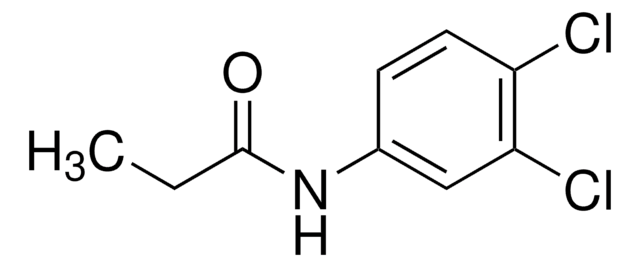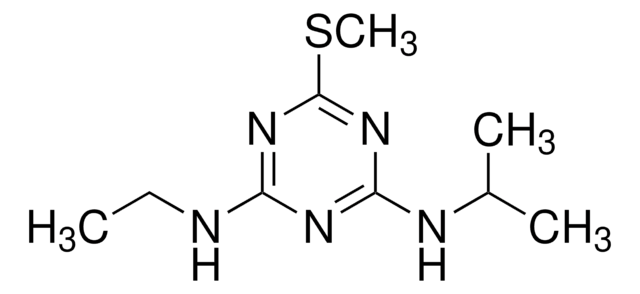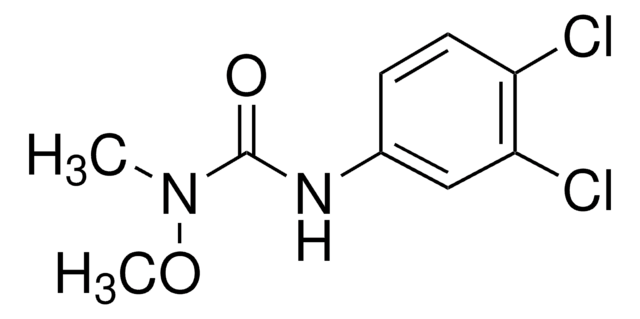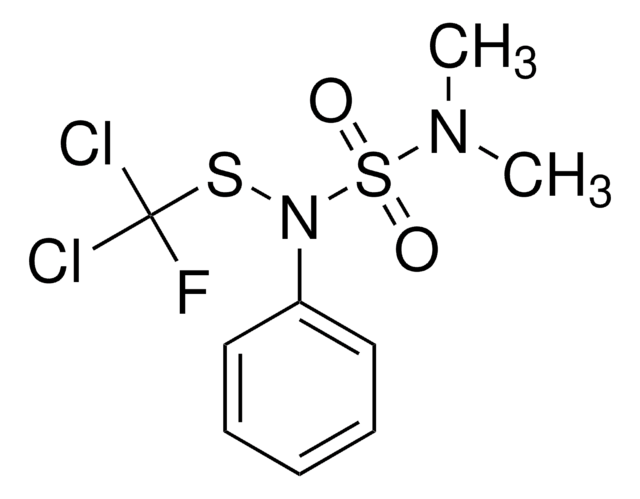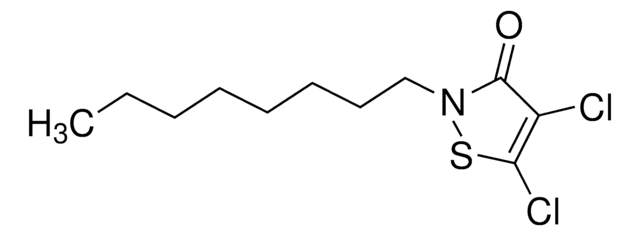推荐产品
品質等級
化驗
≥98%
形狀
powder
SMILES 字串
CN(C)C(=O)Nc1ccc(Cl)c(Cl)c1
InChI
1S/C9H10Cl2N2O/c1-13(2)9(14)12-6-3-4-7(10)8(11)5-6/h3-5H,1-2H3,(H,12,14)
InChI 密鑰
XMTQQYYKAHVGBJ-UHFFFAOYSA-N
基因資訊
human ... EPHX2(2053)
mouse ... Ephx2(13850)
正在寻找类似产品? 访问 产品对比指南
應用
- The Fabrication and Property Characterization of a Ho(2)YSbO(7)/Bi(2)MoO(6) Heterojunction Photocatalyst and the Application of the Photodegradation of Diuron under Visible Light Irradiation.: This research investigates a novel photocatalyst′s ability to degrade diuron under visible light, offering insights into sustainable environmental remediation technologies (Hao and Luan, 2024).
訊號詞
Warning
危險分類
Acute Tox. 4 Oral - Aquatic Acute 1 - Aquatic Chronic 1 - Carc. 2 - STOT RE 2 Inhalation
標靶器官
Blood
儲存類別代碼
11 - Combustible Solids
水污染物質分類(WGK)
WGK 3
閃點(°F)
Not applicable
閃點(°C)
Not applicable
個人防護裝備
Eyeshields, Faceshields, Gloves, type P3 (EN 143) respirator cartridges
其他客户在看
Michael Jahn et al.
Cell reports, 25(2), 478-486 (2018-10-12)
Cyanobacteria must balance separate demands for energy generation, carbon assimilation, and biomass synthesis. We used shotgun proteomics to investigate proteome allocation strategies in the model cyanobacterium Synechocystis sp. PCC 6803 as it adapted to light and inorganic carbon (Ci) limitation.
S Giacomazzi et al.
Chemosphere, 56(11), 1021-1032 (2004-07-28)
Diuron is a biologically active pollutant present in soil, water and sediments. A synthesis of literature data on its physicochemical properties, partitioning behaviour, abiotic and biotic transformations, toxicological and ecotoxicological impacts has been here performed. Data have shown that diuron
Sheridan M Martin et al.
Journal of hazardous materials, 231-232, 70-78 (2012-07-17)
We studied the sorption-desorption behaviour of two herbicides (diuron and artrazine) in a soil rich in Fe and Al oxides (Ferrosol), either amended freshly with two different types of biochars or that contained biochars aged under field conditions. Standard batch
Lijin Tian et al.
Physical chemistry chemical physics : PCCP, 15(9), 3146-3154 (2013-01-24)
Photosystems I (PSI) and II (PSII) are two major pigment-protein complexes of photosynthetic organisms that function in series to convert sunlight energy into chemical energy. We have studied the picosecond fluorescence behaviour of the core of both photosystems in vivo
Tobias Wunder et al.
Planta, 237(2), 541-558 (2012-10-23)
Reversible phosphorylation of LHCII, the light-harvesting complex of photosystem II, controls its migration between the two photosystems (state transitions), and serves to adapt the photosynthetic machinery of plants and green algae to short-term changes in ambient light conditions. The thylakoid
我们的科学家团队拥有各种研究领域经验,包括生命科学、材料科学、化学合成、色谱、分析及许多其他领域.
联系技术服务部门